S. Korea's 17th UNESCO Heritage Site
입력 2025.07.13 (02:41)
읽어주기 기능은 크롬기반의
브라우저에서만 사용하실 수 있습니다.
[Anchor]
The rock paintings that reflect the lives of prehistoric people who lived on the Korean Peninsula a long time ago.
The Bangudae petroglyphs in Ulsan have been added to the UNESCO World Heritage list.
This achievement marks a significant milestone for Korean cultural heritage. Reporter Noh Tae-young has the details.
[Report]
Rising tall along the winding river.
On the L-shaped rock, there are densely engraved images of animals like tigers and wild boars, along with scenes of hunting them.
A total of 312 pieces.
You can also find the world's oldest and most unique whale hunting paintings here.
[Jeon Ho-tae/Honorary Professor at Ulsan University: "The work is done with great detail and delicacy, giving the impression that the artist has conceptualized and left the work as a masterpiece. It's very special."]
UNESCO has recognized these petroglyphs as a World Heritage site.
Along with the Bangudae petroglyphs, the Cheonjeonri inscriptions, which include writings from the Silla period, and the petroglyphs have also been registered.
It was evaluated that "the realistic paintings drawn with excellent observation and unique composition show the artistic qualities of the people who lived on the Korean Peninsula."
In particular, the whale hunting paintings were praised as "masterpieces that showcase the creativity of prehistoric people."
[Choi Eung-cheon/Director of Korea Heritage Service: "We recognized its value as a unique evidence that encapsulates the cultural development of the people in the southeastern coastal region of the Korean Peninsula."]
However, UNESCO recommended that the issues related to the construction of the Sayun Dam, which is located downstream and subject to submergence controversies, as well as other major development plans that could affect the petroglyphs, be reported to the World Heritage Center.
With the addition of the Bangudae petroglyphs to the UNESCO World Heritage list, South Korea now has a total of 17 World Heritage sites, including Seokguram Grotto, Jongmyo Shrine, and the Gaya Tumuli.
This is KBS News, Noh Tae-young.
The rock paintings that reflect the lives of prehistoric people who lived on the Korean Peninsula a long time ago.
The Bangudae petroglyphs in Ulsan have been added to the UNESCO World Heritage list.
This achievement marks a significant milestone for Korean cultural heritage. Reporter Noh Tae-young has the details.
[Report]
Rising tall along the winding river.
On the L-shaped rock, there are densely engraved images of animals like tigers and wild boars, along with scenes of hunting them.
A total of 312 pieces.
You can also find the world's oldest and most unique whale hunting paintings here.
[Jeon Ho-tae/Honorary Professor at Ulsan University: "The work is done with great detail and delicacy, giving the impression that the artist has conceptualized and left the work as a masterpiece. It's very special."]
UNESCO has recognized these petroglyphs as a World Heritage site.
Along with the Bangudae petroglyphs, the Cheonjeonri inscriptions, which include writings from the Silla period, and the petroglyphs have also been registered.
It was evaluated that "the realistic paintings drawn with excellent observation and unique composition show the artistic qualities of the people who lived on the Korean Peninsula."
In particular, the whale hunting paintings were praised as "masterpieces that showcase the creativity of prehistoric people."
[Choi Eung-cheon/Director of Korea Heritage Service: "We recognized its value as a unique evidence that encapsulates the cultural development of the people in the southeastern coastal region of the Korean Peninsula."]
However, UNESCO recommended that the issues related to the construction of the Sayun Dam, which is located downstream and subject to submergence controversies, as well as other major development plans that could affect the petroglyphs, be reported to the World Heritage Center.
With the addition of the Bangudae petroglyphs to the UNESCO World Heritage list, South Korea now has a total of 17 World Heritage sites, including Seokguram Grotto, Jongmyo Shrine, and the Gaya Tumuli.
This is KBS News, Noh Tae-young.
■ 제보하기
▷ 카카오톡 : 'KBS제보' 검색, 채널 추가
▷ 전화 : 02-781-1234, 4444
▷ 이메일 : kbs1234@kbs.co.kr
▷ 유튜브, 네이버, 카카오에서도 KBS뉴스를 구독해주세요!
- S. Korea's 17th UNESCO Heritage Site
-
- 입력 2025-07-13 02:41:57
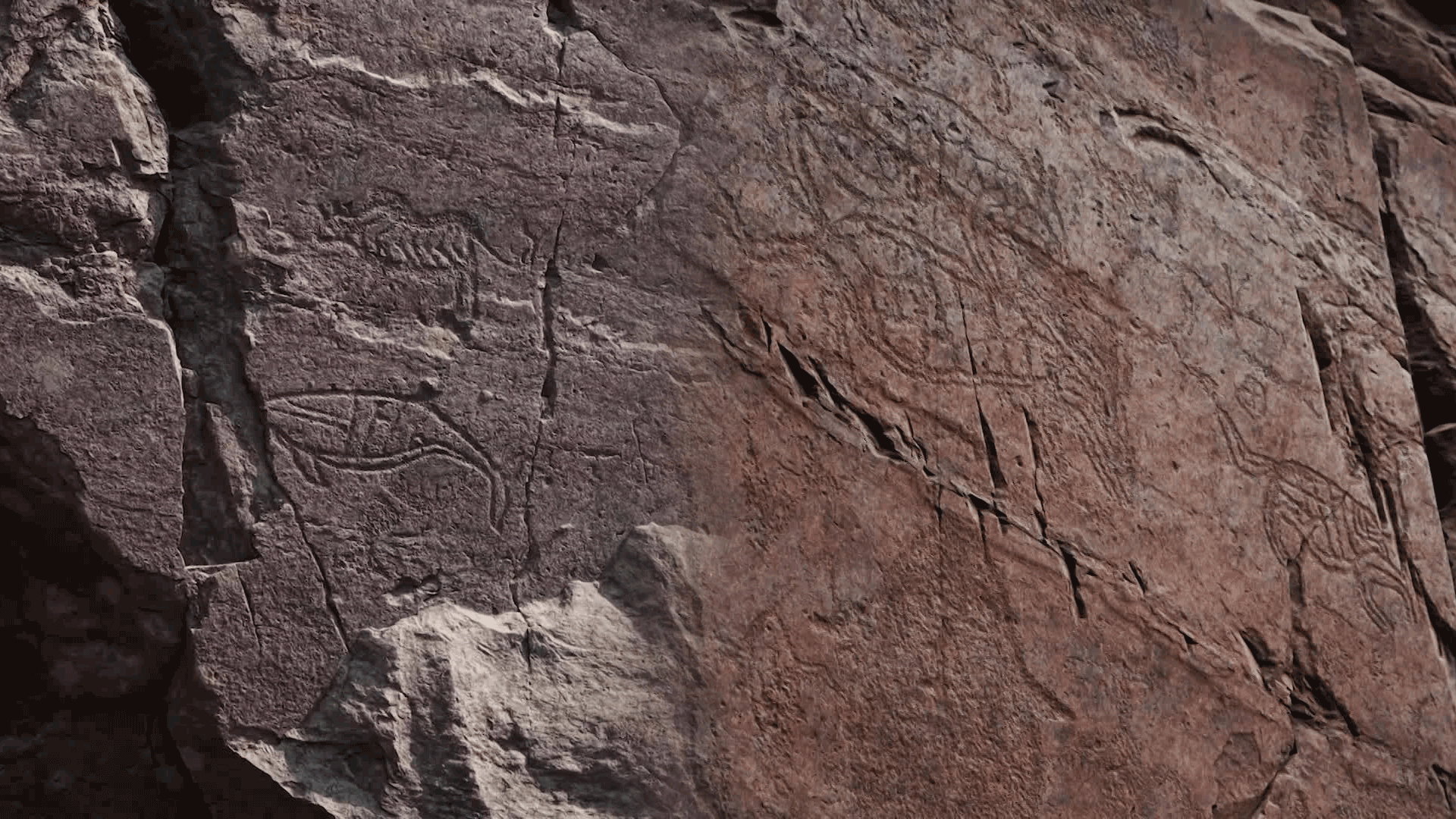
[Anchor]
The rock paintings that reflect the lives of prehistoric people who lived on the Korean Peninsula a long time ago.
The Bangudae petroglyphs in Ulsan have been added to the UNESCO World Heritage list.
This achievement marks a significant milestone for Korean cultural heritage. Reporter Noh Tae-young has the details.
[Report]
Rising tall along the winding river.
On the L-shaped rock, there are densely engraved images of animals like tigers and wild boars, along with scenes of hunting them.
A total of 312 pieces.
You can also find the world's oldest and most unique whale hunting paintings here.
[Jeon Ho-tae/Honorary Professor at Ulsan University: "The work is done with great detail and delicacy, giving the impression that the artist has conceptualized and left the work as a masterpiece. It's very special."]
UNESCO has recognized these petroglyphs as a World Heritage site.
Along with the Bangudae petroglyphs, the Cheonjeonri inscriptions, which include writings from the Silla period, and the petroglyphs have also been registered.
It was evaluated that "the realistic paintings drawn with excellent observation and unique composition show the artistic qualities of the people who lived on the Korean Peninsula."
In particular, the whale hunting paintings were praised as "masterpieces that showcase the creativity of prehistoric people."
[Choi Eung-cheon/Director of Korea Heritage Service: "We recognized its value as a unique evidence that encapsulates the cultural development of the people in the southeastern coastal region of the Korean Peninsula."]
However, UNESCO recommended that the issues related to the construction of the Sayun Dam, which is located downstream and subject to submergence controversies, as well as other major development plans that could affect the petroglyphs, be reported to the World Heritage Center.
With the addition of the Bangudae petroglyphs to the UNESCO World Heritage list, South Korea now has a total of 17 World Heritage sites, including Seokguram Grotto, Jongmyo Shrine, and the Gaya Tumuli.
This is KBS News, Noh Tae-young.
The rock paintings that reflect the lives of prehistoric people who lived on the Korean Peninsula a long time ago.
The Bangudae petroglyphs in Ulsan have been added to the UNESCO World Heritage list.
This achievement marks a significant milestone for Korean cultural heritage. Reporter Noh Tae-young has the details.
[Report]
Rising tall along the winding river.
On the L-shaped rock, there are densely engraved images of animals like tigers and wild boars, along with scenes of hunting them.
A total of 312 pieces.
You can also find the world's oldest and most unique whale hunting paintings here.
[Jeon Ho-tae/Honorary Professor at Ulsan University: "The work is done with great detail and delicacy, giving the impression that the artist has conceptualized and left the work as a masterpiece. It's very special."]
UNESCO has recognized these petroglyphs as a World Heritage site.
Along with the Bangudae petroglyphs, the Cheonjeonri inscriptions, which include writings from the Silla period, and the petroglyphs have also been registered.
It was evaluated that "the realistic paintings drawn with excellent observation and unique composition show the artistic qualities of the people who lived on the Korean Peninsula."
In particular, the whale hunting paintings were praised as "masterpieces that showcase the creativity of prehistoric people."
[Choi Eung-cheon/Director of Korea Heritage Service: "We recognized its value as a unique evidence that encapsulates the cultural development of the people in the southeastern coastal region of the Korean Peninsula."]
However, UNESCO recommended that the issues related to the construction of the Sayun Dam, which is located downstream and subject to submergence controversies, as well as other major development plans that could affect the petroglyphs, be reported to the World Heritage Center.
With the addition of the Bangudae petroglyphs to the UNESCO World Heritage list, South Korea now has a total of 17 World Heritage sites, including Seokguram Grotto, Jongmyo Shrine, and the Gaya Tumuli.
This is KBS News, Noh Tae-young.
-
-

노태영 기자 lotte0@kbs.co.kr
노태영 기자의 기사 모음
-
이 기사가 좋으셨다면
-
좋아요
0
-
응원해요
0
-
후속 원해요
0










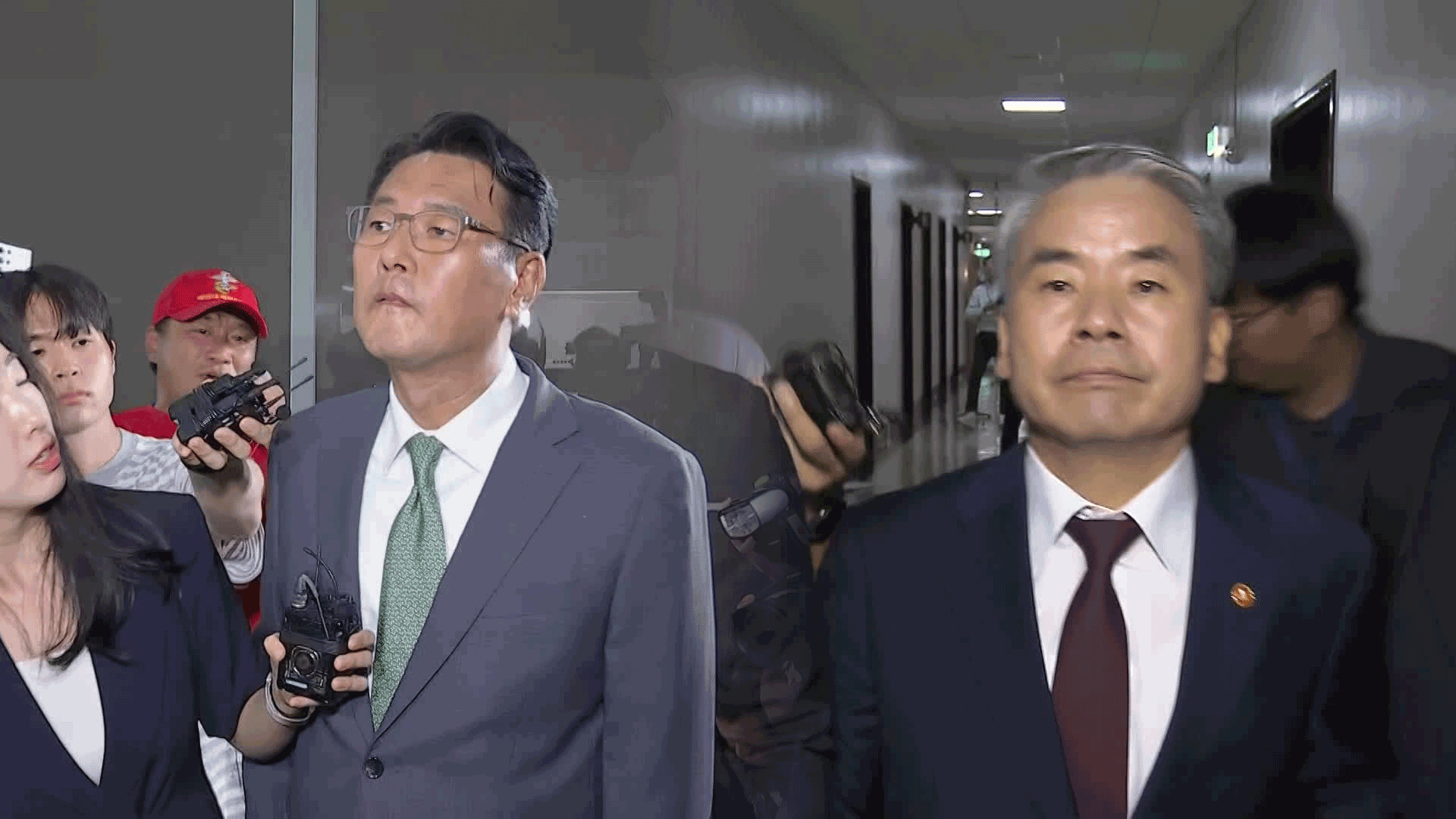
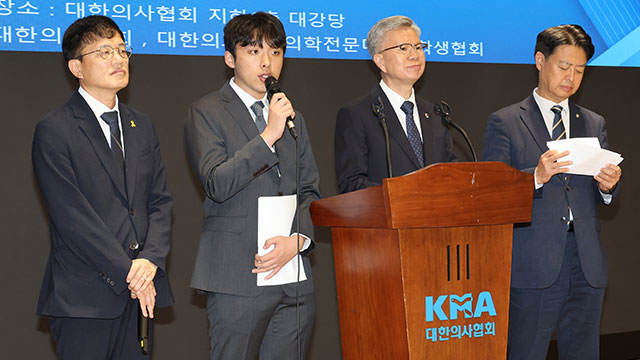
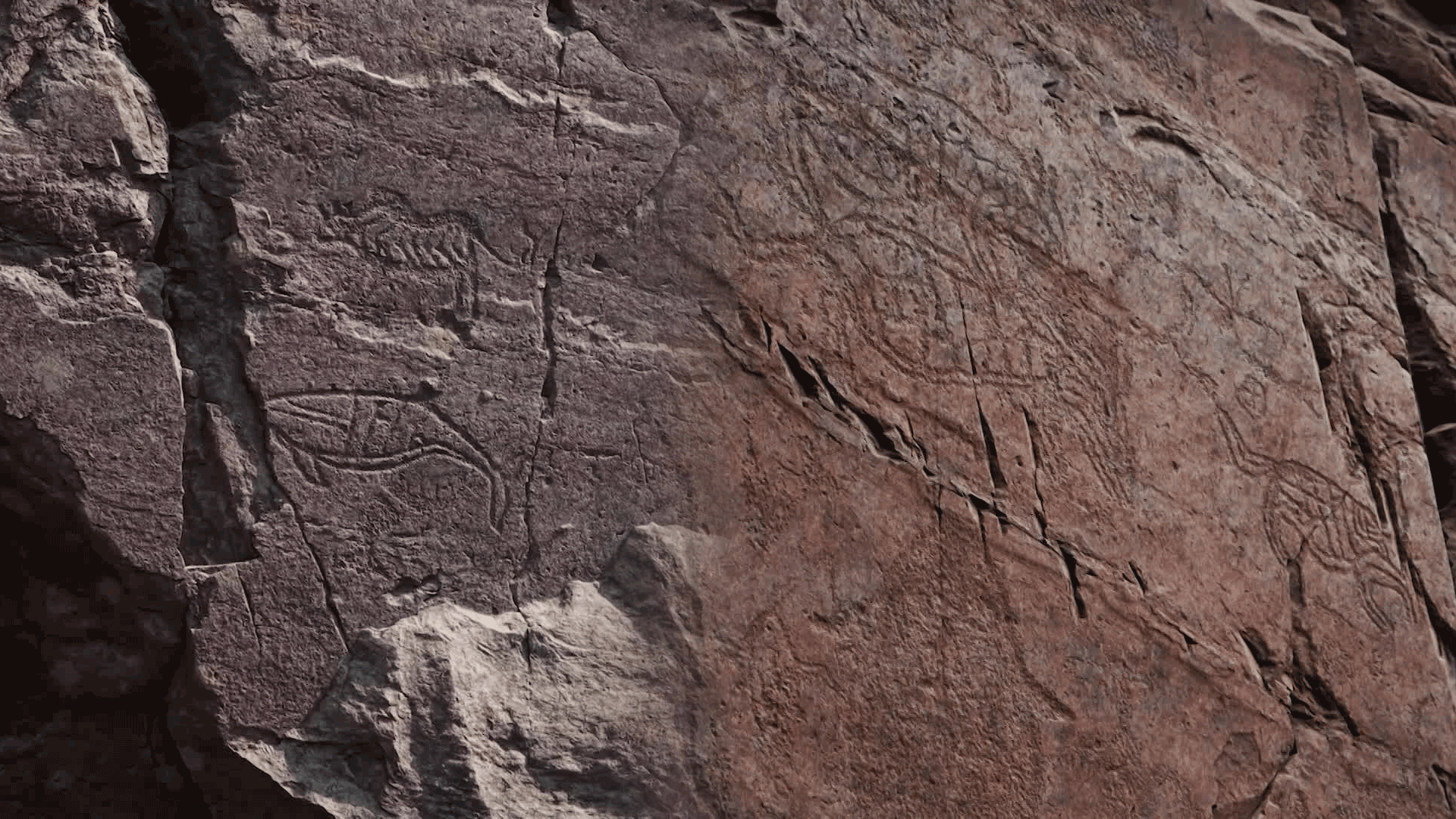
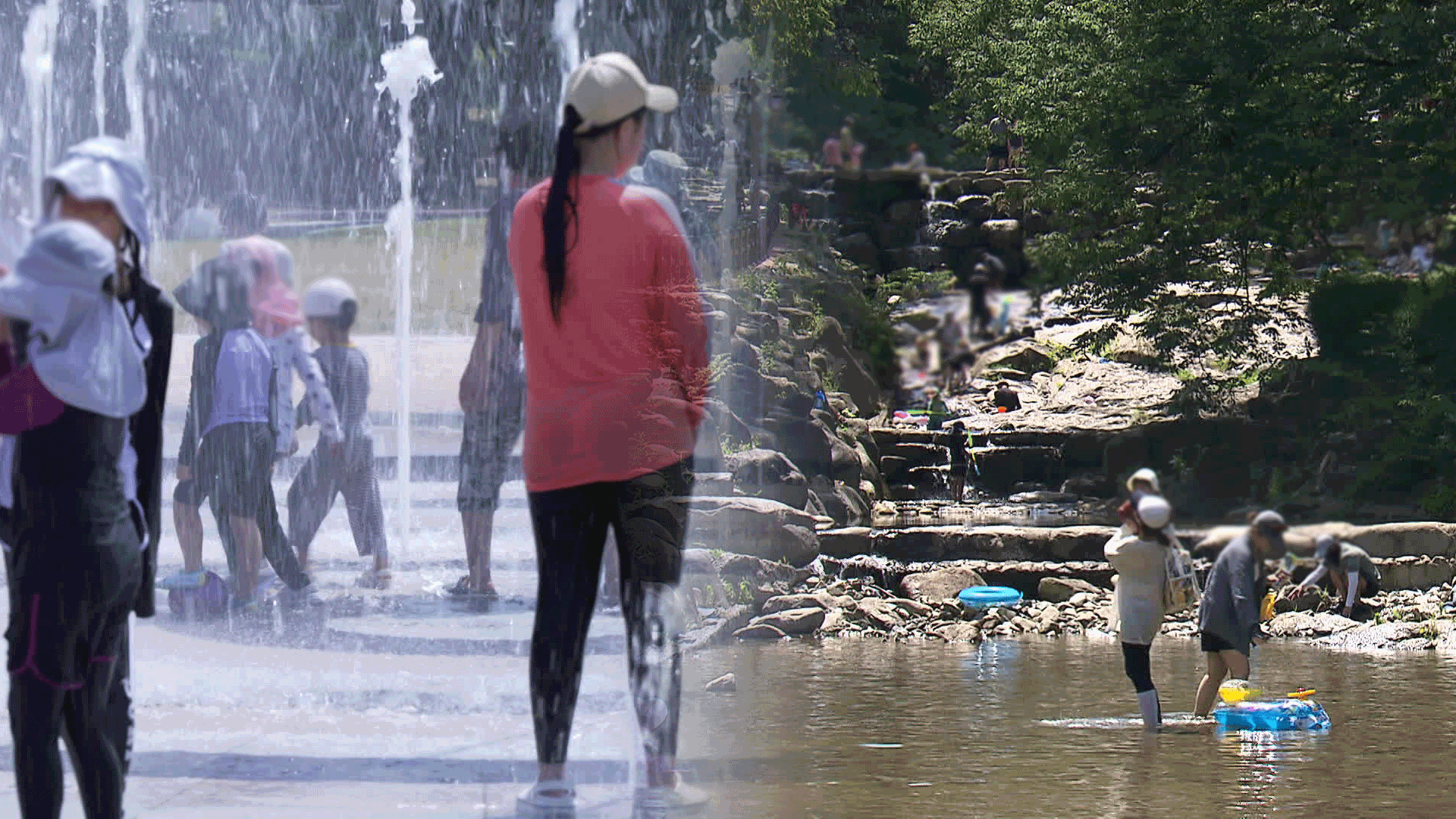

이 기사에 대한 의견을 남겨주세요.